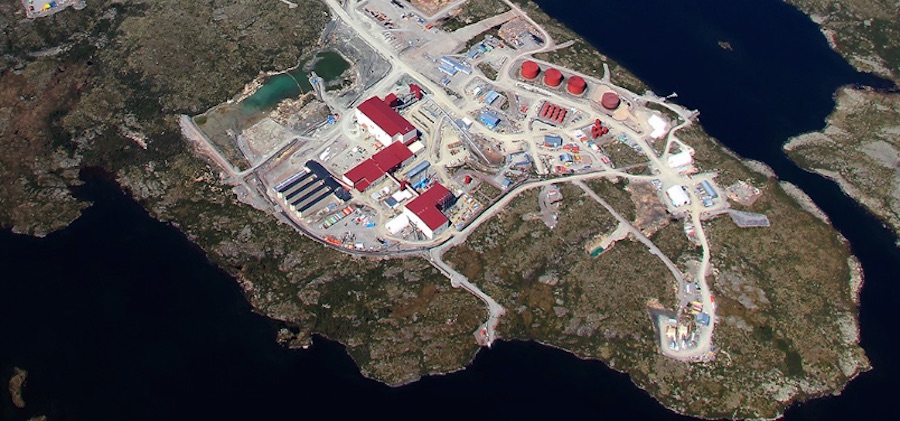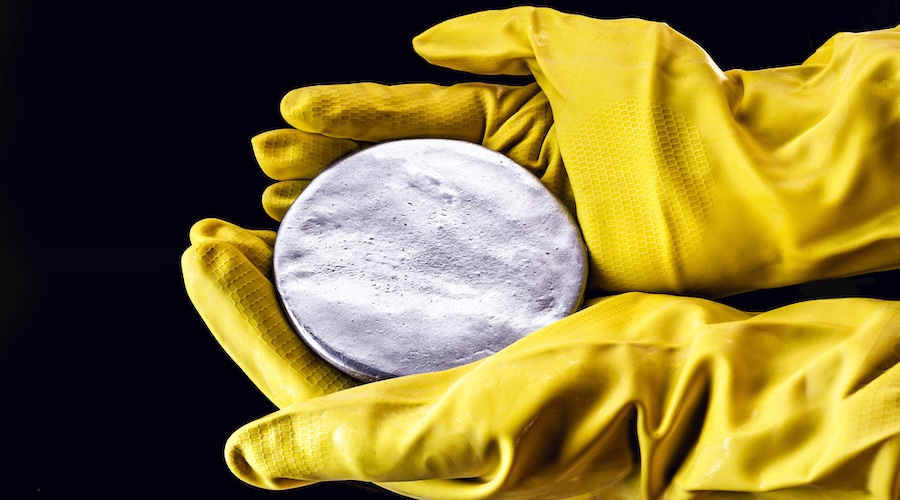Failing to find a buyer, De Beers will flood Snap Lake Mine

One year after deciding to place it on care and maintenance, De Beers is putting its Snap Lake Mine in the Canadian subarctic on extended care and maintenance – a euphemism for flooding.
Work on flooding the tunnels of the shuttered diamond mine will start in early January and is expected to take between six and eight weeks.
“Extended care and maintenance will preserve the significant diamond mineral resource in the ground in the Northwest Territories until market conditions and improved technical methods make the kimberlite more economic to operate”: De Beers Canada
The Canadian division of the privately-held De Beers Group said the decision was made to flood the mine after it was unable to find a buyer. Plagued by engineering challenges, the mine has never turned a profit since the operation started in 2008. Snap Lake was the firm’s first diamond mine outside of Africa, and Canada’s first primary underground diamond mine. The mine, located about 220 km northeast of Yellowknife, employed 747 workers and produced 1.2 million carats in 2015.
The main problem with the $2-billion mine relates to the seeping of groundwater into the mine, which is actually under a lake.
While De Beers, whose parent company is Anglo American, (LON:AAL) blamed the closure announcement in 2015 on low polished diamond prices, it later came out that the company was having trouble controlling the large volumes of groundwater that had been stored underground.
The groundwater was being stored due to high concentrations of dissolved solids including mineral salts, making it impossible to discharge the water into the mine without treatment, without going over prescribed limits. The excess water also put parts of the mine off-limits, which reduced the mineable ore level “to a critical level,” Glen Koropchuk, chief operating officer of De Beers Canada, said at the time.
In April of this year the mine was put on care and maintenance and put up for sale. But clearly the expense of maintaining the mine was weighing on De Beers, and with no buyers coming forward, despite engaging Bank of Montreal as an advisor, the decision was made to flood it.
“Extended care and maintenance will preserve the significant diamond mineral resource in the ground in the Northwest Territories until market conditions and improved technical methods make the kimberlite more economic to operate,” the company said in a statement, leaving open the obvious question as to when, or if, the water could ever be drained out and the mine restarted, should the diamond market improve enough to turn a profit at the high-opex mine.
Bloomberg provided an answer, having posed the question to Paul Gait, an analyst with Sanford C Bernstein from London, England.
“You’d have to dewater the mine so significant pumping would need to go on,” Gait said. “You’d then have to make sure that the mine was safe and that itself would require significant investment.”
Flooding the mine is a way for De Beers to lessen the maintenance costs of keeping the mine dry while avoiding the even higher costs of a full rehabilitation. An ice road is expected to be built to bring in fuel and provide a route to remove some inventory and equipment.
As to what happens to the mine’s employees, the 55 currently doing care and maintenance will drop to 35 after flooding is complete. The company says over 100 former Snap Lake employees have found work at De Beers’ newly-opened Gahcho Kué Mine, also in Canada’s Northwest Territories.
{{ commodity.name }}
{{ post.title }}
{{ post.date }}




Comments
James TheBond
Mining is a very risking business, especially in very remote, very high cost places like the Canadian Arctic. Then add in insane, expensive regulatory rules and it is almost impossible to develop anything up there.